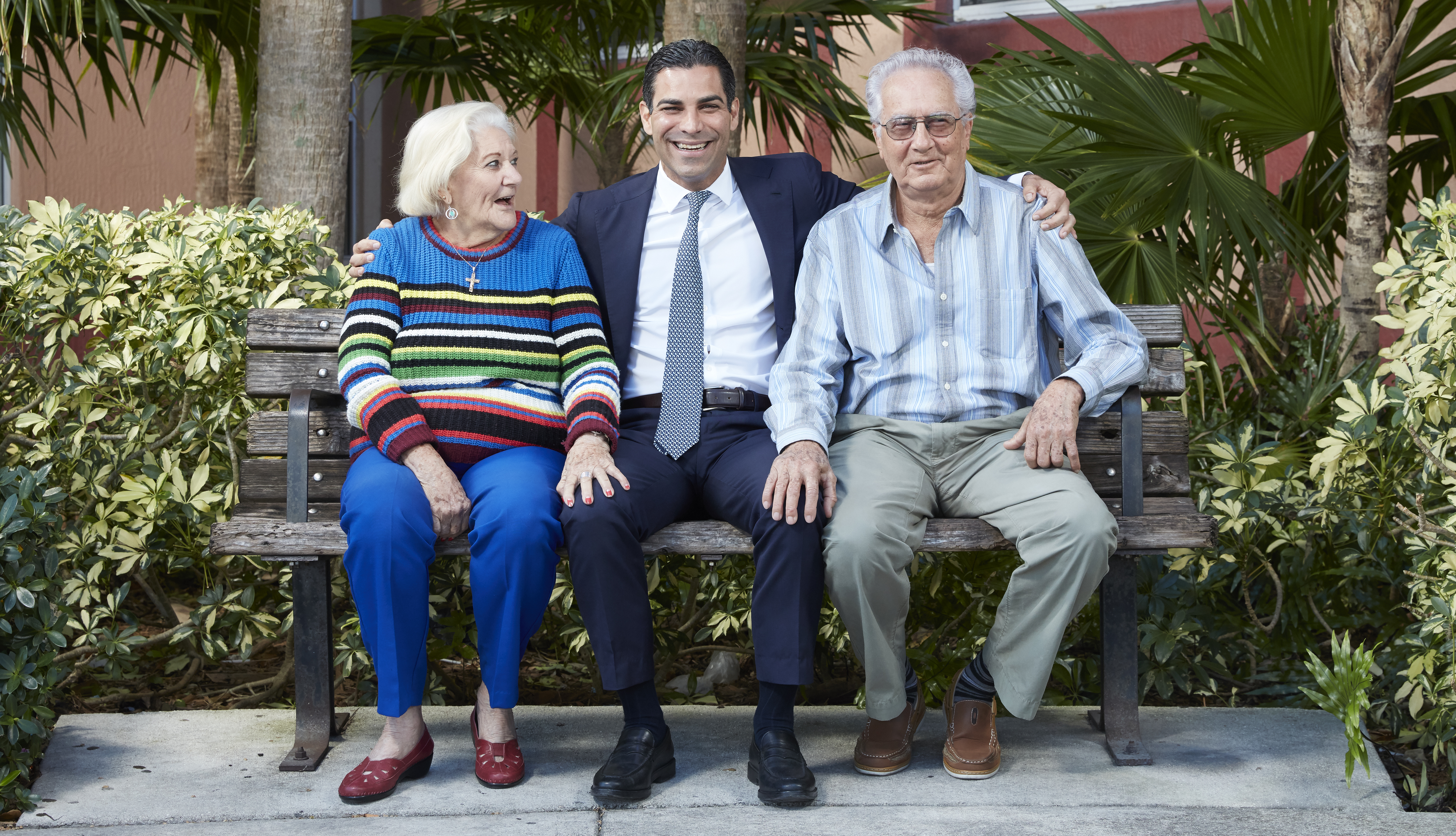
Miami mayor tackles issue of affordable housing
- Select a language for the TTS:
- UK English Female
- UK English Male
- US English Female
- US English Male
- Australian Female
- Australian Male
- Language selected: (auto detect) - EN
Play all audios:

At a staff meeting last spring, Miami Mayor Francis X. Suarez and some aides looked at ways to help reduce rent for older residents. Miami renters are among the most cost-burdened in the
country, with 60 percent paying more than a third of their income on housing. But after visiting frustrated residents at senior centers, Suarez sought quick relief. So he took a small first
step: diverting $1 million from the city's roughly $1.2 billion budget toward a rent subsidy program. Qualified residents — adults 62 and older already living in city-assisted rental
housing — could get a monthly rent credit of up to $100. FRANCIS SUAREZ Mayor, Miami, Florida • PROBLEM: Housing is expensive, creating a particular burden on older residents. • SOLUTION:
Divert some city funds to help pay rent and identify land where more affordable housing can be built. • RESULTS: About 1,000 older residents got new rent subsidies. And researchers have
found millions of square feet of under-utilized land for development. That may not seem like much, but Suarez sees it as a small fix for a large problem. An older resident struggling to pay
the rent “is not going to be able to pay for cable or groceries, or drive a car,” says Suarez, who expects the program to initially help roughly 1,000 older residents. “Those are very real
choices." The 42-year-old Republican has long seen housing affordability as a major issue, particularly for older residents. When he was a city commissioner, he helped bring affordable
housing to West Grove, a neighborhood that wasn't in his district. “If you ever look at where he designates his funds, it tends to be for elderly,” says Marc Sarnoff, who was the
commissioner representing West Grove during that time. “It's a natural feature of Francis." In May, Suarez unveiled another housing plan, calling for the creation or refurbishment
of 12,000 affordable units by 2024, funded with $100 million in municipal bonds. But the city also needs land to build on. The University of Miami's Office of Civic and Community
Engagement unveiled a mapping tool called Land Access for Neighborhood Development (LAND) and used it to track potential properties in Miami-Dade County. It found a total of 500 million
square feet of underutilized land, a combined area the size of Manhattan. Housing advocates are hopeful that they have the ear of a mayor interested in addressing a dire crisis. “Because
there was not as much action or urgency before, any action that addresses housing insecurity is a bold step in the right direction,” says Daniella Pierre, chairwoman of the housing committee
of the Miami-Dade NAACP. "I applaud him for most of his work in our housing market, but we have a very long way to go.”
